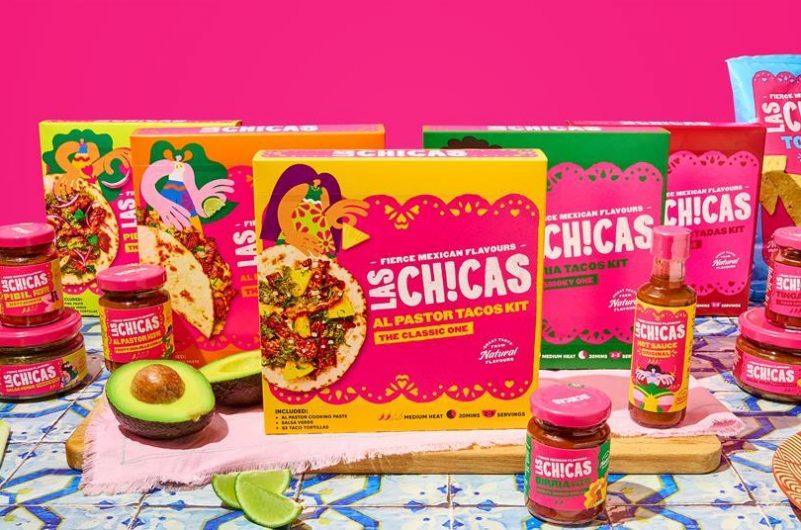Food localization is a delicate craft. When Spanish food and wine brands enter English-speaking markets, their success depends on whether they can convey flavor, authenticity, and tradition—without overwhelming readers with unfamiliar cultural references. The Spanish culinary world is rich with regional identity, historical ingredients, and terms that don’t translate cleanly. Think pimentón de la Vera, jamón ibérico, vino crianza, sobrasada, or txakoli. These foods aren’t just products; they’re stories.
For specialists working in Spanish to English Translation and Localization, food branding offers one of the most fascinating challenges. How do you maintain the emotion of a centuries-old culinary tradition while making the message clear for someone who has never tasted or even heard of the product? This case study breaks down real strategies Spanish food and wine brands use to adapt their descriptions for English markets—preserving flavor, sensory appeal, and cultural richness without sacrificing clarity or marketability.
- Using Sensory Language to Replace Cultural Gaps
When a concept doesn’t translate, brands focus on sensory detail. For example, instead of translating “crianza” word-for-word, brands describe taste, texture, and aroma. Sensory storytelling helps English readers imagine the product without needing full cultural knowledge.
- Transliteration When Direct Translation Fails
Terms like jamón ibérico or sobrasada are often left untranslated. Instead, the brand provides a descriptive phrase—“Spain’s famed acorn-fed cured ham”—that gives readers context. This preserves authenticity while offering accessibility.
- Highlighting Origin to Add Value
English-market consumers love origin stories. Spanish brands lean into regional identity, referencing Rioja, Galicia, Andalucía, or the Basque Country. Translators keep these place names intact while adding explanations of why the region matters for flavor.
- Simplifying Technical Winemaking Terminology
Spanish wine terms like crianza, reserva, and gran reserva don’t align perfectly with English equivalents. Translators adapt by explaining aging processes, not labels, emphasizing months in oak, taste profiles, and ideal pairings.
- Reframing Cultural Traditions for New Audiences
Food descriptions often mention traditions like tapeo or fiesta. For English readers, these are contextualized rather than directly translated. Instead of explaining tapeo literally, brands frame it as a “small-plate social dining culture.”
- Using Storytelling Instead of Literal Translation
Many Spanish brands begin their descriptions with a story—family history, generational craft, or local legend. Story-driven localization allows translators to retain emotional depth even when specific cultural terms have no English equivalent.
- Avoiding Over-Translation of Ingredient Names
Some ingredients lose meaning if translated—pimentón, calçots, queso manchego. Instead of renaming, translators keep the Spanish term and add enticing, simple context about flavor, spice level, or culinary use.
- Adapting Humor and Personality in Brand Voice
Spanish brands often use playful, warm tone. English localization rewrites humor and personality to fit English expectations while keeping brand identity alive. The goal isn’t literal transfer; it’s emotional consistency.
Conclusion
Spanish food and wine brands face a unique challenge when entering English-speaking markets: how to retain tradition while ensuring clarity. Good localization preserves cultural richness without demanding that readers already understand it. Through sensory descriptions, transliteration, storytelling, and strategic simplification, brands successfully bridge the cultural gap. They don’t dilute their heritage; they articulate it in a way English readers can appreciate. For anyone working in Spanish-to-English localization, food branding offers a masterclass in balancing authenticity and accessibility. It’s a reminder that translation isn’t just about accuracy—it’s about flavor, emotion, and connection. With the right approach, Spanish culinary stories remain just as vibrant in English.
FAQs
- Why are Spanish food descriptions hard to translate?
Because they rely on cultural terms, regional identity, and flavor concepts unfamiliar to English readers. - Should ingredient names be translated?
Often no—keeping the Spanish name preserves authenticity and culinary integrity. - Why is storytelling important in food localization?
It bridges cultural gaps and gives meaning to unfamiliar ingredients or processes. - Do English readers prefer simplified wine terminology?
Yes—clear explanations of taste and aging are more effective than literal label translation. - How do brands localize humor in food descriptions?
By adapting tone creatively rather than trying to translate jokes word-for-word.


